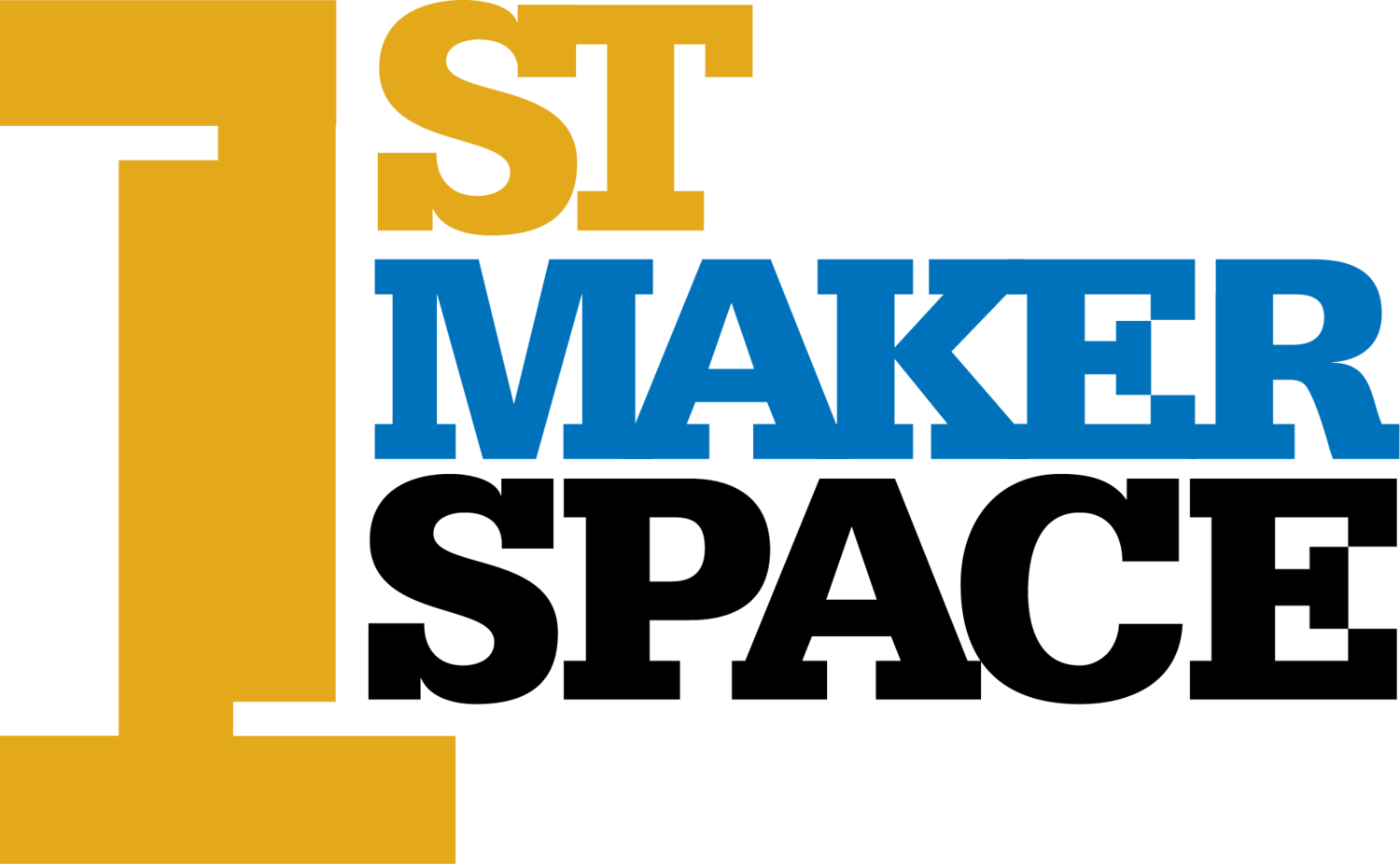The Spectrum of Making
The making that occurs in a makerspace exists on a spectrum. Because we specialize in making and makerspaces, we have the honor of speaking with educator across the state about integrating making into the curriculum. Beyond the normal questions about cost, professional development and makerspace design, we get asked ‘what will students do?’
At this point we explain the Maker Spectrum. At one end students follow recipes to perform a task – usually a hands-on exercise to reinforce lessons connected to learning goals. At the other end a student is self-directed – pursuing personal interests which may or may not be related to classroom work.
Which is right? Both!
A makerspace can be used to increase engagement and attainment in standards-aligned instruction. We can help with professional development, maker curricula and materials to make that happen by creating a personalized plan for your school district. Students progressively gain skills and confidence when they complete these lessons. Learning in a makerspace is fun and engaging for both the student and teacher.
But why stop there? Students who are given the time to pursue their own interests though making are typically stretching their understanding and mastery of subjects at a depth which goes beyond the standards – if they are even covered by the standards at all. As educators, sometimes we forget that the Indiana Academic Standards are a floor, not a ceiling, to learning. These students may pursue these interests purely out of curiosity. They may be inventing something new. They are certainly innovating. They regularly persist in this effort after setbacks and lengthy periods of frustration. It is in these moments that the employability skills (or soft skills) are developed and honed.
These self-motivated makers will become collaborators with and mentors to other students. Their use of a makerspace is unscripted and sometimes leads to the ‘aha’ moments that every educator treasures. But the most certain result is the joy of accomplishment experienced by the maker. That’s what keeps them coming back!
Where are your students on the spectrum of #making? Share your comments below.

